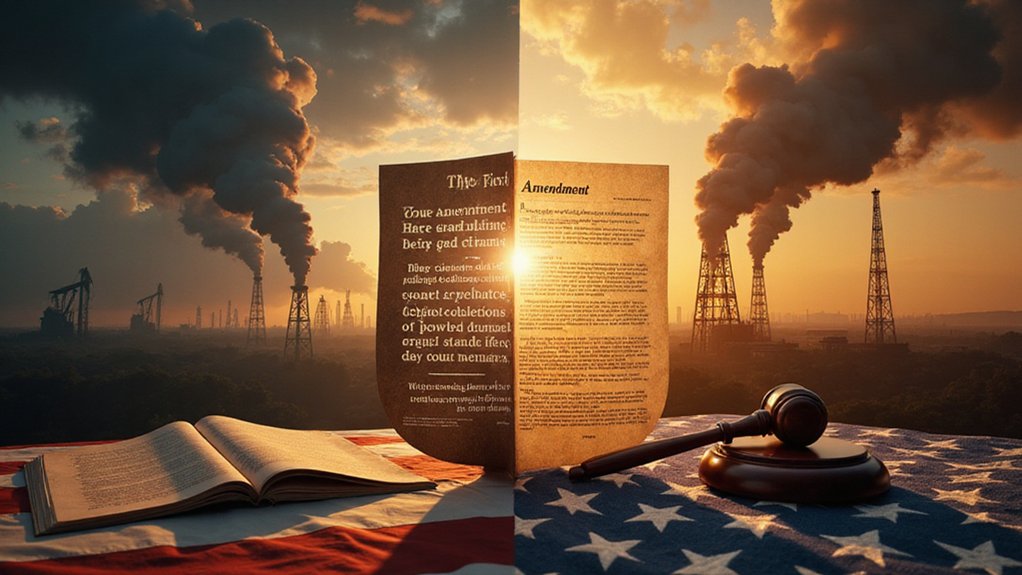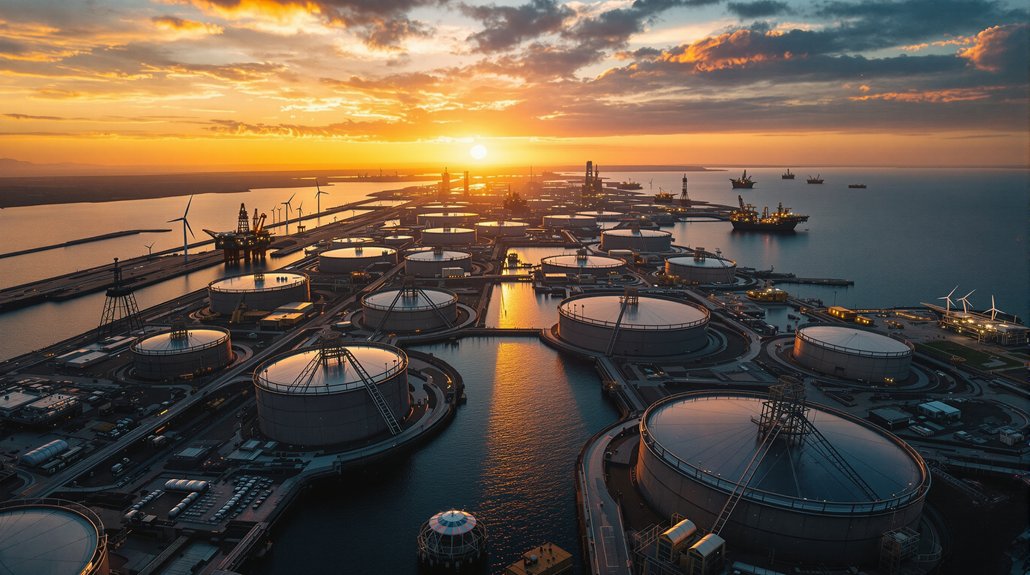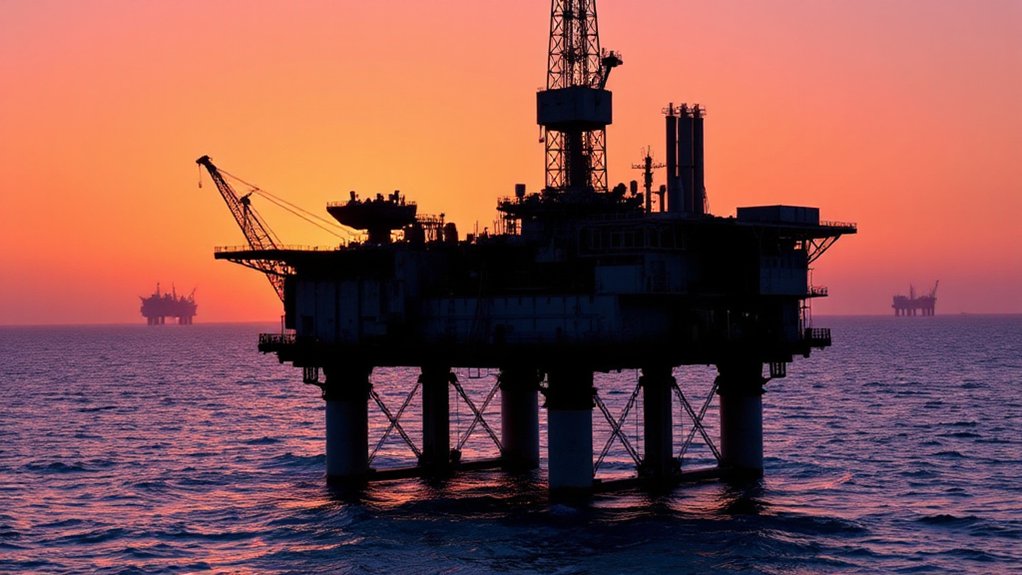When the US decided to bomb Iranian nuclear sites, oil traders everywhere reached for their antacids. Brent crude had already climbed 18% since June, hitting $79.04 before the strikes even happened. Now? Markets are bracing for chaos.
Oil traders clutching antacids as Brent crude climbs 18% and markets brace for chaos
The math is simple. Iran controls the Strait of Hormuz. That’s where a massive chunk of the world’s oil flows through. One retaliatory strike on Gulf oil infrastructure, and boom – we’re looking at $100 per barrel. Maybe higher. Analysts aren’t being subtle about it either. They’re basically saying if Iran decides to play rough with regional pipelines or oil terminals, prices will go vertical.
Stock markets are doing their usual dance. Gulf states like Qatar, Saudi Arabia, and Kuwait saw slight gains. Weird, right? Meanwhile, Israel’s stock index hit a record high. Apparently, some investors think US airstrikes are good for business. Crypto took it on the chin though. Ether dropped 5% because, well, uncertainty makes everyone nervous. This market volatility mirrors the environmental concerns around aviation, which if considered as a country would rank as the sixth-largest emitter globally.
History has lessons here. Remember the 1979 Iranian uprising? Oil prices went nuts. The Iraq-Kuwait war? Same story. Regional conflicts in the Middle East typically mean 10-20% price spikes, minimum. But this feels different. Direct US military action isn’t some covert operation or sanctions package. It’s bombs on targets. US Vice President JD Vance confirmed the strikes targeted facilities producing highly enriched uranium, with intelligence showing Iran was too close to developing nuclear weapons.
Iran’s already warning about consequences. They’ve threatened the Strait before. They’ve talked about hitting tankers. Now they have fresh motivation. US troops and assets in the region? They’re sitting ducks if Iran decides to retaliate. And diplomatic solutions? Forget it. Iran won’t even talk unless Israel stops its military actions. Foreign Minister Abbas Araghchi made it clear that Iran views the strikes as a violation of international laws and is considering all defense options.
The volatility is just beginning. Markets hate uncertainty, and right now, nobody knows Iran’s next move. Will they strike Gulf infrastructure? Target shipping lanes? Go after US bases? Each option sends oil prices higher.
Energy security in the Middle East was already fragile. Now it’s hanging by a thread. One miscalculation, one aggressive response, and global oil markets could spiral into territory that makes $100 per barrel look conservative. Traders aren’t just reaching for antacids anymore. They’re stockpiling them.
References
- https://www.timesofisrael.com/liveblog-june-22-2025/
- https://www.axios.com/2025/06/21/us-strike-iran-nuclear-israel-trump
- https://www.cbsnews.com/news/pentagon-briefing-us-strikes-iran-nuclear-sites/
- https://economictimes.com/news/international/us/will-us-strikes-on-irans-nuclear-sites-trigger-oil-prices-rise-heres-how-markets-may-react/articleshow/122007411.cms








